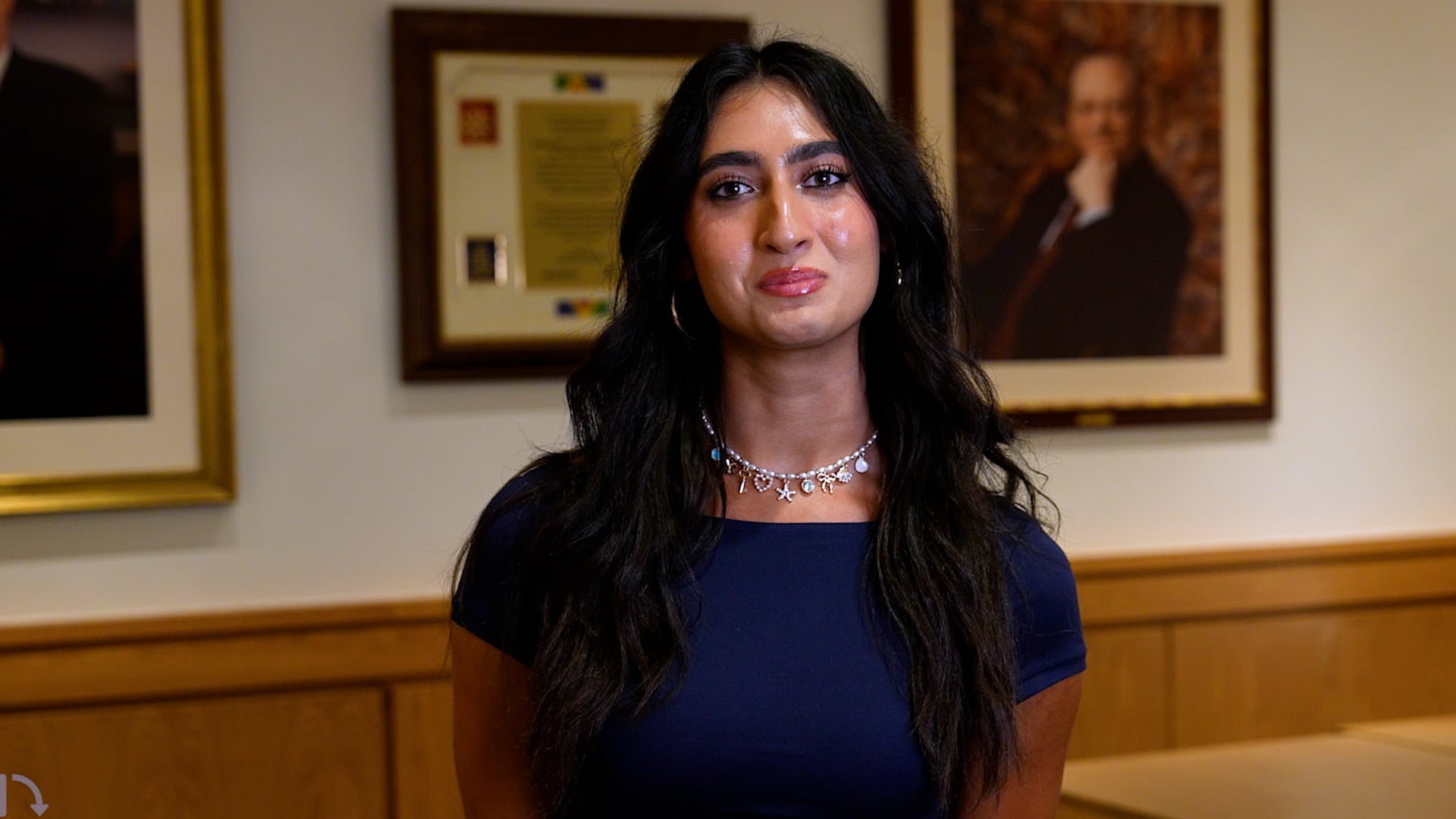Cervical cancer elimination possible within two decades in the U.S.

For immediate release: Monday, February 10, 2020
Boston, MA—Scaling up cervical cancer screening coverage in the U.S. to 90% could expedite elimination of the disease and avert more than 1,000 additional cases per year, according to a new study led by researchers from Harvard T.H. Chan School of Public Health. Their modeling study found that this would be the most effective way to speed up elimination, compared to current levels of screening and human papillomavirus (HPV) vaccination.
“Although HPV vaccination will be a major contributor to reducing cervical cancer over time, we found that in the immediate term, screening continues to play a critical role in reducing the burden of cervical cancer in U.S.,” said Emily Burger, a research scientist in the Center for Health Decision Science at Harvard Chan School who co-led the study.
The study was published online in The Lancet Public Health on February 10, 2020.
In 2018, the World Health Organization (WHO) issued a global call to eliminate cervical cancer as a public health problem, setting a disease target of four or fewer cases per 100,000 women. With vaccination against HPV, the virus known to cause cervical cancer, and early detection through screening, cervical cancer is one of the most preventable and treatable forms of cancer.
In the U.S., the HPV vaccine is recommended routinely for both girls and boys ages 11-12 years and up to age 26 years for catch-up vaccination. For the study, using current vaccine coverage rates and trends, the researchers estimated that 75% of girls would be vaccinated by age 26 and 62% of boys would be vaccinated by age 21.
Cervical cancer screening using Pap testing is recommended every three years for women ages 21-65 years, yet there is a large proportion of women who do not adhere to guidelines, either screening too much or too little; an estimated 14% of women are never screened.
This study is the first known comparative modeling analysis to project a timeframe for cervical cancer elimination in the U.S. The researchers used two independent disease modeling platforms (one from Harvard Chan School and one from Cancer Council New South Wales, Australia) to compare nine different HPV vaccination and cervical cancer screening interventions with a “status quo” scenario reflecting current screening and vaccination practices. They evaluated the potential for each scenario to achieve a threshold for cervical cancer elimination of four cases per 100,000 women, as well as a more ambitious threshold of one case per 100,000 women, over time.
They found that under the status quo scenario, cervical cancer elimination could be achieved by the years 2038-2046. Scaling up screening coverage to 90% expedited the timing of elimination by 10-13 years and averted an average of 1,400-2,088 additional cases per year. Increasing HPV vaccination coverage to 90% of girls and vaccinating adults of both sexes aged 26-45 years had almost no impact on elimination timing and minimal impacts on incidence.
This analysis is an extension of two studies published last week (see links below) evaluating the potential for and timing of cervical cancer elimination, as well as the mortality impacts of scaling up HPV vaccination, cervical cancer screening, and cancer treatment services in 78 low-income and lower-middle income countries. Those analyses, published in The Lancet, were co-led by three modeling groups comprising the WHO Cervical Cancer Elimination Modeling Consortium (CCEMC), which includes the authors of the current study.
“Across all three analyses, we were able to project the vast number of cervical cancer cases and deaths averted globally by ensuring high uptake of both prevention and treatment services for cervical cancer,” said co-lead author Megan Smith, program manager at the Cancer Council New South Wales in Australia.
“Together with the WHO elimination initiative, we hope this analysis will galvanize public health efforts to improve access to both primary and secondary cervical cancer prevention in the U.S.,” said senior author Jane Kim, professor of health decision science at Harvard Chan School.
Harvard Chan School’s Stephen Sy was also a co-author.
This study was funded by U.S. National Cancer Institute grant (U01CA199334). Emily Burger receives salary support from the Norwegian Cancer Society (#198073), and Megan Smith receives salary support from the National Health and Medical Research Council, Australia (APP1159491) and Cancer Institute NSW (ECF181561).
“Cervical Cancer Elimination in the United States: A CISNET Model-based Analysis,” Emily A. Burger, Megan A. Smith, James Killen, Stephen Sy, Kate Simms, Karen Canfell, Jane J. Kim, Lancet Public Health, online February 10, 2020, DOI: 10.1016/S2468-2667(20)30006-2
Read the additional studies in The Lancet:
photo: iStock
Visit the Harvard Chan School website for the latest news, press releases, and multimedia offerings.
For more information:
Nicole Rura
617.432.6141
nrura@hsph.harvard.edu
###
Harvard T.H. Chan School of Public Health brings together dedicated experts from many disciplines to educate new generations of global health leaders and produce powerful ideas that improve the lives and health of people everywhere. As a community of leading scientists, educators, and students, we work together to take innovative ideas from the laboratory to people’s lives—not only making scientific breakthroughs, but also working to change individual behaviors, public policies, and health care practices. Each year, more than 400 faculty members at Harvard Chan School teach 1,000-plus full-time students from around the world and train thousands more through online and executive education courses. Founded in 1913 as the Harvard-MIT School of Health Officers, the School is recognized as America’s oldest professional training program in public health.


